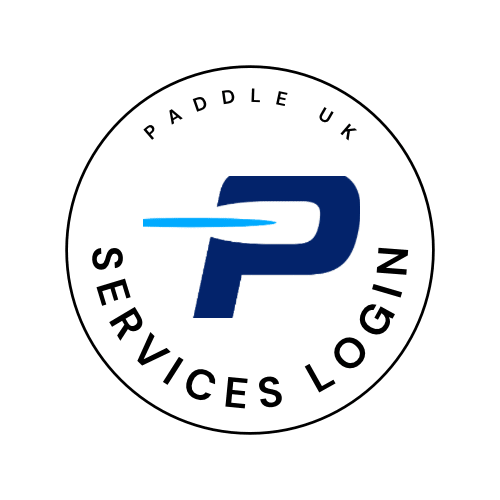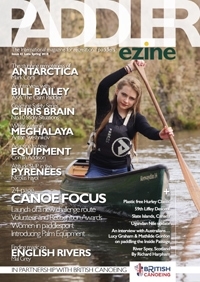Covering all the basics you need, our basic foolproof kayaking for beginners list will have you out on the water in no time! Let’s start at the beginning shall we…
-
What is a kayak?
Unlike canoes, in a kayak you sit down and paddle with your legs stretched infront of you, using a double bladed paddle. Originally used for hunting purposes, the shape and stealth of the kayak now more often lends itself to recreational and racing purposes.
-
Where would you use a kayak?
Over the years kayak design has bought about a range of boats to suit all water types. From white water rivers, to coastal waters and peaceful canals, there is a kayak to suit all.
-
Who can use a kayak?
Anyone! Stable sit on top kayaks are perfect for beginners wanting to enjoy a first paddling experience. Kayaking really does suit all ages and abilities. When you’re starting out, paddle as many different types of kayak as you can to see which suits you best. Practice makes perfect in this case!
-
When would you use a kayak?
When you want to go on an adventure! Whether you just want to pootle along your local canal or fancy trying your hand at blasting down the white water, with practice, you can do it all in a kayak.
-
How would you use a kayak?
Sit in it, grab your paddle, and go! It’s really easy to get started, you just put your paddle in on one side and pull back to propel yourself forward. Repeat this for each side. You can use kayaks for anything from a little paddle round the local lake to a multi day adventure. There’s a whole world to discover from the water, so get exploring!
Kayaking for beginners: tips to get started
So we’ve persuaded you to give it a go… now all you need is:
- A kayak
- A paddle – kayak paddles, unlike canoe paddles, have a blade on each end and you hold the middle (the shaft). This differs from the canoe paddle, which has single blade on one end, and a grip handle on the other end.
- Safety equipment – a buoyancy aid or other floatation device should be worn when kayaking. It might also be worth considering whether you need a helmet, depending on the type of water you are paddling.
- Knowledge… and a little bit of knowledge goes a long way! If you’re brand new to kayaking and need some help to get started, check out the Paddle Awards which are designed to give you all the knowledge and skills you need to be the best independent paddler you can be! Take a look where you can take courses here.


 Go Paddling
Go Paddling Clear Access Clear Waters
Clear Access Clear Waters Paddles Up Training
Paddles Up Training Clubhouse
Clubhouse Services Login
Services Login

